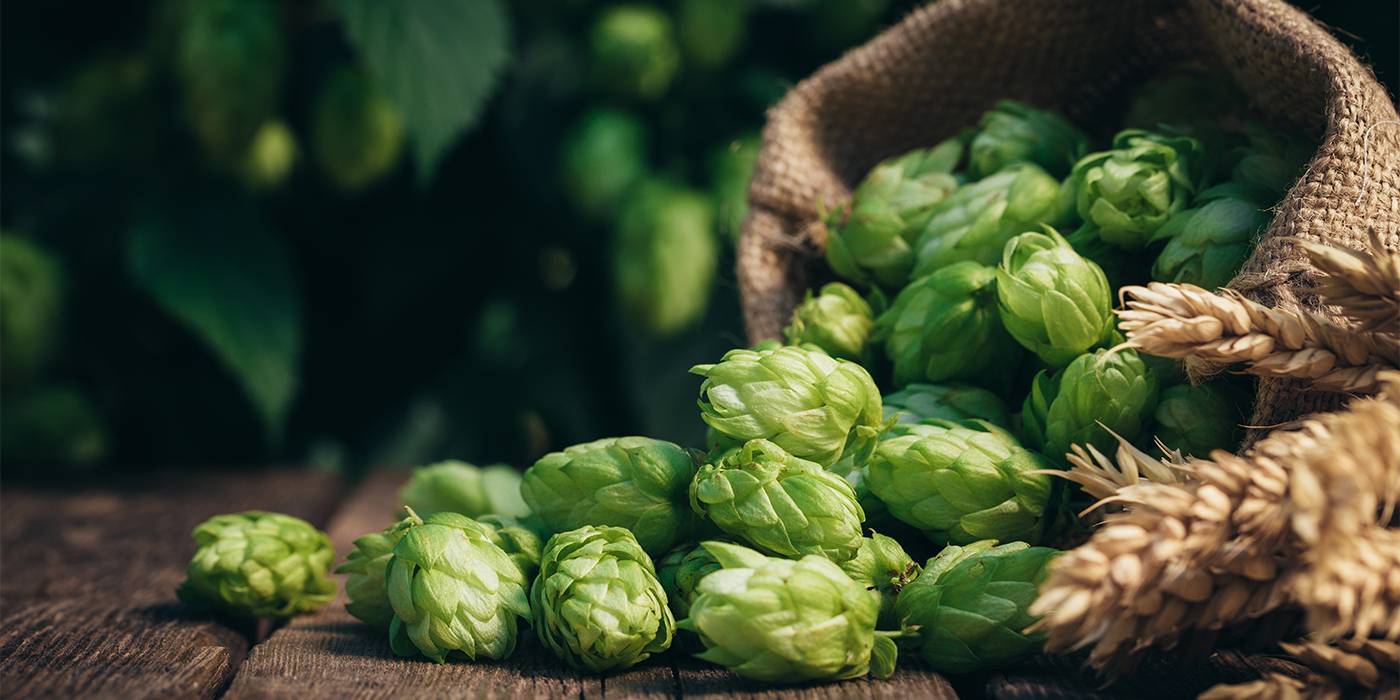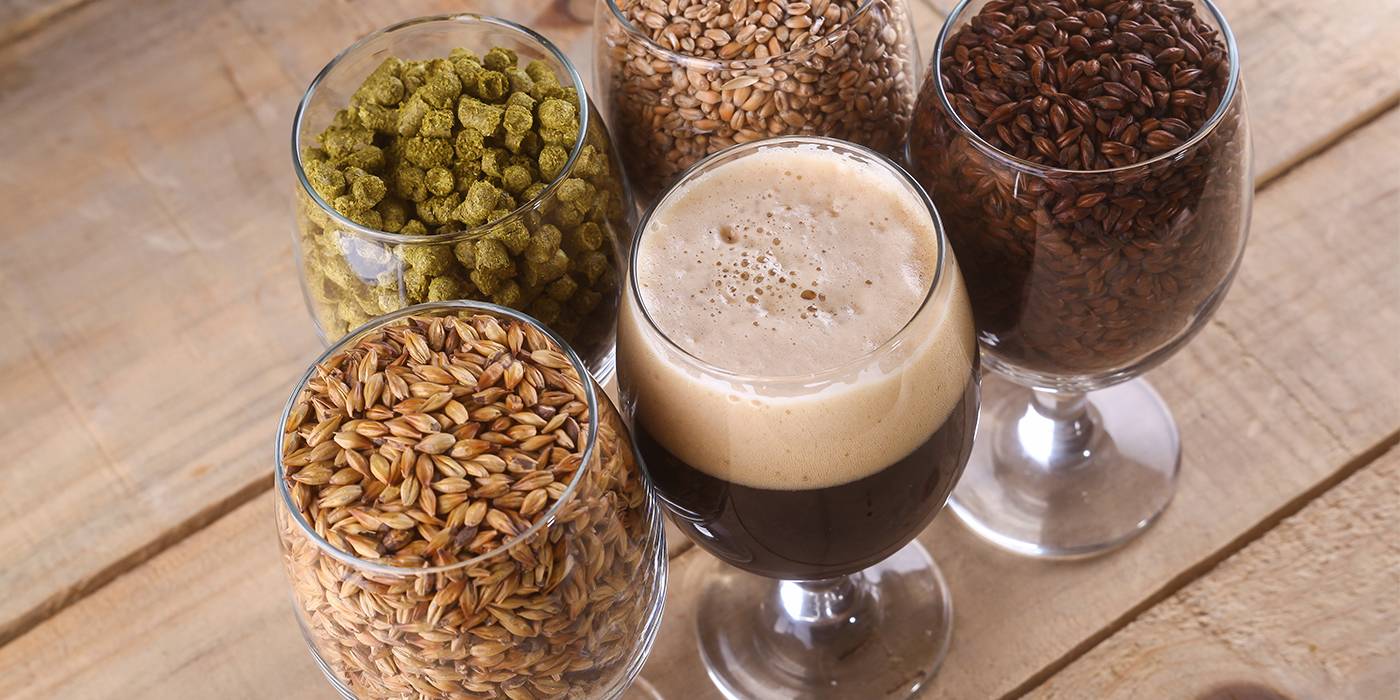IBU and beer

Julio Cerezo - Beer Sommelier
Director of Sabeer Beer Academy
Although some years ago the term IBU was practically unknown outside of the professional world of beer, today it is in fairly common use among beer lovers when describing beer
Nevertheless, not everybody knows what it really means, which often leads to wrong claims:“the higher the IBU, the more bitter the beer is”.
Let’s see why.
The initials IBU stand for International Bitterness Unit ,which expresses, the amount of bitter substances in beer in relation to a unit of volume These bitter substances are mostly the compounds known as alpha acids which are naturally present in hops.
Practically all beers in the world are on an IBU scale between 5 and 120, although some beers have an even higher IBU number. So, what relationship is there between this number and the bitterness of beer on the palate? Logic tells us that if there are more bitter substances in our beer, the IBU will be higher, i.e. the beer will be bitterer, but this is not entirely true.
The perception of bitterness in beer depends on the alpha acids on the one hand, but also on the other sensory properties conferred by other ingredients.
Therefore, two beers with the same content in bitter substances, and therefore with the same IBU, but with different quantities of malt in their recipes will not be equally bitter. The beer with the higher malt content will taste sweeter because of the higher sugar content in the cereal.
Consequently, we should avoid considering the IBU as a direct scale of a beer's bitterness, although a high IBU number will warn us about its possible bitterness.

Not all manufacturers state the IBU of their beers on the label, but an increasing number of them do, or at least they publish it on their websites. As a guide to the IBU scale for the most popular beers we are able to point out the following:
- The Pilsen type golden lager beers that are most common in the market usually have an IBU of around 25.
- High fermentation Belgian beers can reach 40 IBU, although the perception of the bitterness is no greater than the former, thanks to the fruity taste that theAle yeast produces during fermentation.
- The German wheat beers do not usually exceed 15 IBU, which explains their low bitterness.
- On the other hand, IPA beers can easily reach 60 IBU , and can sometimes be over 100 because of the high content of hops in the recipes.
Apart from the added quantity, the beer's IBU depends on other factors such as the hop variety used and the alpha acid content, and also the moment when the hops are added to the recipe.
If they are added at the start when the must is being boiled, more of these substances will dissolve than if it is added at the end or afterwards when the must is cooler.

If you would like to try and compare beers to see how the different IBU levels affect the taste, here are some suggestions that you will find on our shelves:
Tyris IPA (6%) 60 IBU > An IPA with hints of citrus fruit, herbs and resin, an elegant but considerably bitter beer.
Hoppy Flower (6%) 60 IBU > A double IPA with the same IBU as above, but with a different sensation of bitterness in the mouth.
Mahou 5 Estrellas Session IPA (4,5%) 40 IBU > A “session” IPA, brewed for the enjoyment of its hoppy taste with a more moderate bitterness and alcohol content.
Cheers!
What do you think about?
Share comments, opinions and tricks with the Community







